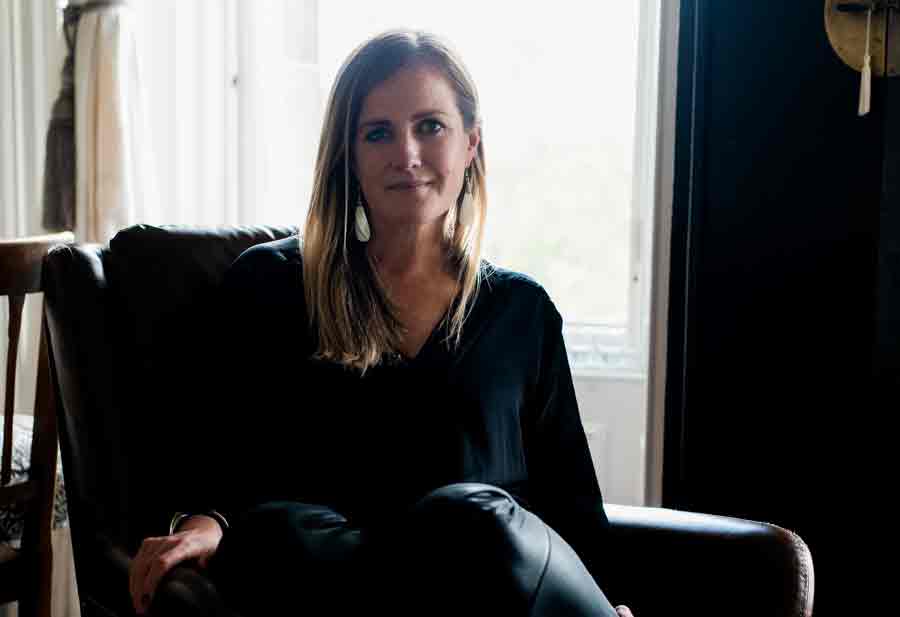We ask Dr Katherine Trebeck, Economic Change Lead at The Next Economy

In a nutshell, what is a wellbeing economy?
An economy designed deliberately to work for people and the planet, not the other way around as so often seems to be the case today. It’s about creating a context in which people thrive, first time around, rather than having to deploy loads of resources trying to fix and repair after damage has been done. This means initiatives that speak to the purpose of the economy, prevention, predistribtion (not just redistribution), and a people powered economy.
So, it requires thinking about what activities we need more of because they help create that context and finding ways to expand those activities: being selective about what is growing, rather than pursuit of any sort of growth.
Are there any examples of using this framework successfully? If so, how?
Think about the wellbeing economy not so much as a framework, but more as a paradigm. It requires a substantial shift in how the economy is thought about and approached. It is about seeing the economy as a mechanism to meet our real goals, and certainly not something to which all other goals are subservient. Not only are we seeing a growing conversation and emerging such as the Wellbeing Economy Alliance initiatives where people are coming together to promote the agenda or its component parts, but there are loads of examples of governments and enterprises making the sort of changes that are necessary. For example:
- Multidimensional measurement dashboards (Australia’s Measuring What Matters statement is an example of this) and support for social enterprises (the recently announced Social Enterprise Development Initiative, for example)
- Circular economy production and public transport systems
- Community or worker owned businesses such as the Earth Worker Cooperative in Victoria
- Considering the environmental cost of the things we buy.
The challenge is that while there is no shortage of examples, often they are the exception that proves the rule. One nice illustration of the potential for this is seen in the Community Wealth Building work happening in places like Cleveland in the US and in Preston in the UK (plus in various parts of Australia too). In Preston, there has been research which shows the council’s efforts to procure locally, to support local businesses and local employment has meant the local economy has been more resilient, but also people’s mental health and reported personal wellbeing has improved.
How might the principles of a wellbeing economy help address current challenges posed by high cost of living pressures?
A key feature of a wellbeing economy approach is to look at the root causes of an issue, and not just respond crisis to crisis, symptom to symptom.
So in terms of cost-of-living pressures and high housing costs as a key part of that, a wellbeing economy approach would entail examining the way the housing market operates – who owns the houses? What taxes and incentives encourage the sort of ownership patterns that are forcing up prices? Why aren’t there more community housing cooperatives and other modes of providing housing in Australia?
It would then step back and reflect on what the ultimate goal is – shelter for people in Australia’s towns and cities. It would then think about what needs to change in the economy for more people to have access to good quality shelter – perhaps that means shifting taxes to discourage people owning more and more homes as investment devices? Perhaps that means changing planning laws to enable more community groups to co-own housing? Perhaps that means ensuring homes are built with high energy efficiency standards so once people move into them, they aren’t spending huge amounts on heating and cooling them.
And speaking of energy efficiency, a wellbeing economy approach is also about being ambitious for flow-on benefits – so if housing is being built, can it help address environmental challenges by needing less carbon and using more recycled materials? Can it help address equity and inclusion by being built by companies employing local people, which have gender balance in their teams, and which pay living wages etc? And can it help roll out models of enterprise that have a social purpose at their heart, so could the houses be owned by a housing cooperative?
How might Australia adopt a wellbeing economy framework? What are the steps that need to happen?
There’s a precondition for government acting – that’s people talking about it, and being able to imagine an economy that serves them, not the other way around: an economy that doesn’t generate so much inequality and put so much pressure on the planet. That will be helped by learning about examples of this in practice, even in small scale. Then policy makers need to step in to design the rules of the game so those good examples are common place.
What would a state or federal budget for a wellbeing economy look like?
It would use things like taxes and subsidies to support the sort of activities which are good for people and planet, and to discourage those that aren’t. In other words, it would ask what we need more of and how can mechanisms in the budget help cultivate them?
With the support of the Lord Mayor’s Charitable Foundation, The Next Economy is convening an ‘Upstream Lab’ to explore the economic root causes of many of today’s challenges, including how to take action where there is scope to prevent harm happening in the first place. More details to come as we roll out this exciting initiative.
Find out more:
On the wellbeing economy, is Australia at risk of dropping the ball? Opinion piece by Dr Katherine Trebeck in Croakey Health Media, 14 May 2024
The Wellbeing Economy in Brief, Dr Katherine Trebeck and Warwick Smith, Centre for Policy Development, February 2024
